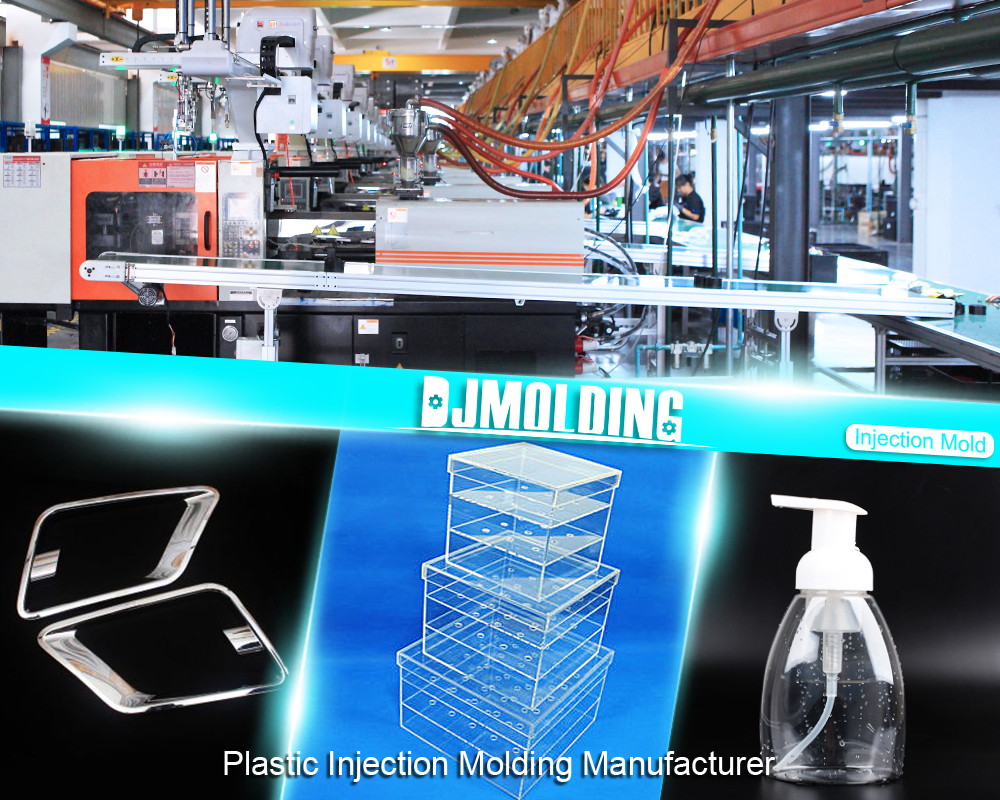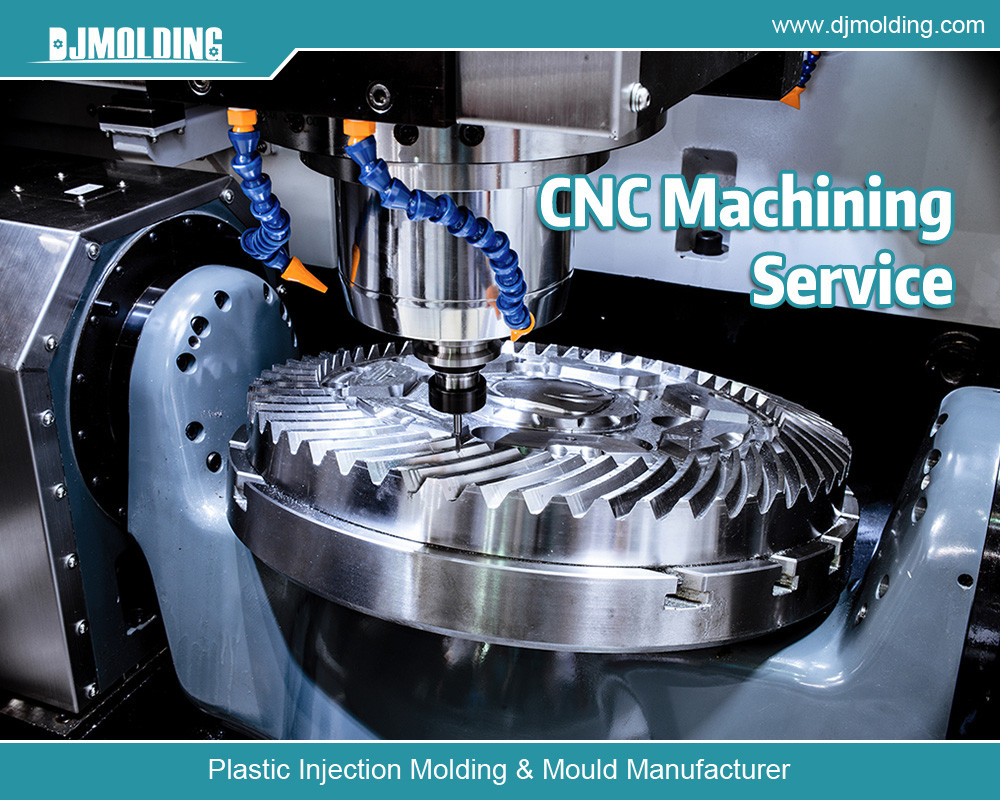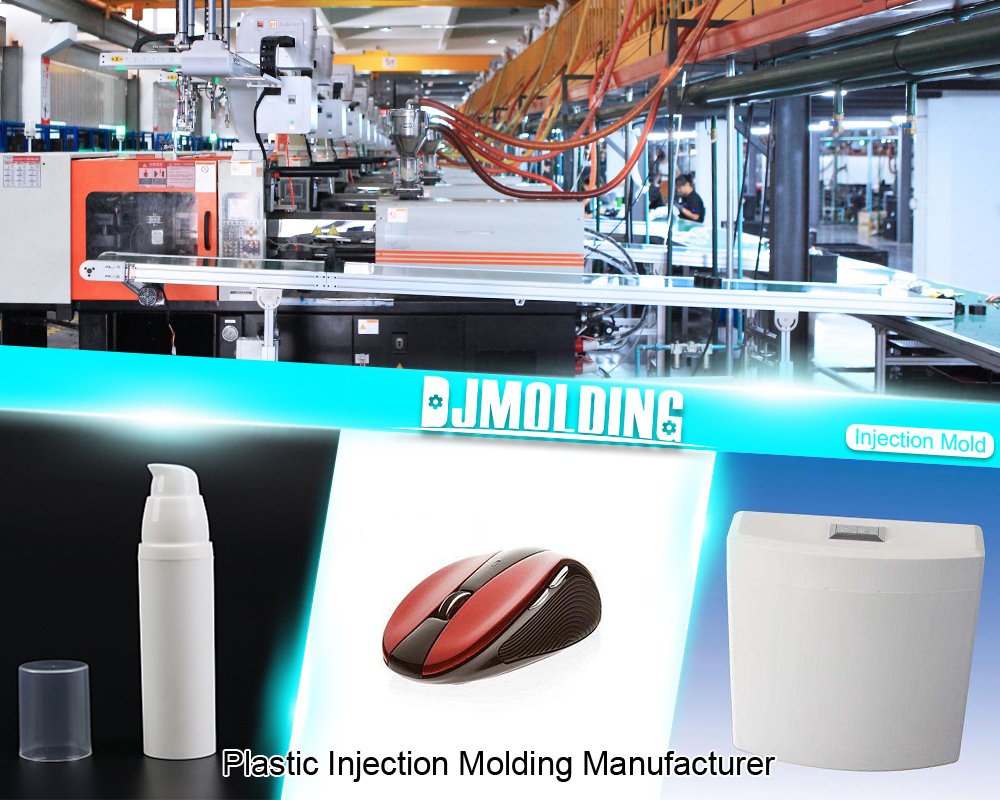The Economic Efficiency Of Low Volume Injection Molding Manufacturer: Calculating Cost and Benefits
The Economic Efficiency Of Low Volume Injection Molding Manufacturer: Calculating Cost and Benefits
Cheap injection molding for low volumes
A good way to manufacture huge volumes of high-quality plastic parts is by injection molding. For small-batch manufacturing runs, low-volume injection molding can, nevertheless, also provide an affordable option. It is important to take into account several aspects that can impact the cost of the process if you are looking for low-volume injection molding services. This article will discuss some of the key elements that affect low-volume injection molding prices and offer helpful advice on how to streamline your manufacturing process while cutting expenses.

Elements That Affect Low-Volume Injection Molding Prices
Facts About Low-Volume Injection Molding
Using injection molding technology, a limited quantity of plastic pieces are produced during this production process. For businesses needing small numbers of parts for prototyping, testing, or low-volume manufacturing runs, this method is perfect. The procedure is economical, effective, and yields high-quality components that satisfy the necessary requirements.
Low-volume injection molding has a lot of benefits. First off, it saves businesses from having to pay hefty tooling expenses when producing tiny quantities of parts. Second, before committing to large-scale production runs, it helps businesses test and confirm their concepts. Thirdly, it enables businesses to react quickly to modifications in product design and market demands.
Recognizing the Injection Molding Cost Factors
The technique of injection molding is intricate and entails multiple expenses. To create a part, plastic pellets are melted and then injected into a mold cavity. The complexity of the item, the material used, the cost of producing the mold and the tooling, the volume of production, the costs associated with quality control and inspection, the costs associated with post-processing and finishing, and the costs associated with shipping and logistics all have an impact on the cost of injection molding.
Material Choice and Its Effect on Price
The choice of materials used for injection molding is essential to the procedure’s effectiveness. Injection molding uses a variety of materials, such as elastomers, thermosets, and thermoplastics. The application, the part’s necessary qualities, and the material’s cost all influence the choice.
The process of choosing the material can have a significant impact on injection molding costs. Certain materials have a higher price tag than others, and the price can change based on the provider and the amount ordered. Furthermore, the handling and processing of certain materials need particular care, which raises the production cost.
A Look Into Low-Volume Injection Molding Design
When it comes to low-volume injection molding, design is crucial. The part’s design has a big influence on production costs. In order to guarantee cost-effective and efficient production of the item, the design needs to be optimized for the process of injection molding. The size, complexity, number of mold cavities, and material composition of the part are just a few design factors that can affect production costs. A crucial component of low-volume molding by injection is design for manufacturability, or DFM. DFM entails creating a part that is simple to manufacture using injection molding.
Costs of Tooling or Mold Making
The two most important aspects of low-volume injection molding are tooling and mold construction. The price of mold-making and tooling has a big influence on production costs. Designing and creating the mold that is going to be used to make the part is part of the tooling and mold-making process.
A number of variables, including the part’s complexity, the mold’s cavity count, and the material type, affect how much tooling and mold-making cost. Lowering the total quantity of cavities in the mold, choosing a less expensive material, and employing a simpler design can all help to lower the total price of tooling and mold fabrication.
The Impact of Production Volume on Cost
The volume of output directly relates to the cost of manufacturing. The cost per part decreases as production volume increases. Nonetheless, if the design is maximized in the process of injection molding and materials and tooling costs are reduced to a minimum, low-volume manufacturing runs might still be financially advantageous. Low-volume manufacturing runs can also be utilized for prototyping and testing, which can save businesses expensive mistakes during high-volume production runs.
Costs of Quality Assurance and Inspection
The price of quality assurance and inspection has a big influence on production costs. Ensuring that the parts are defect-free and satisfy the necessary requirements is the goal of quality control and inspection. By putting in place a solid quality control system for employing automated inspection tools, the expense of inspection and quality control can be decreased. To cut down on inspection time and expense, inspection and quality assurance can also be incorporated into the production process.
Cost of Post-Processing and Finishing
In low-volume injection molding, these are important considerations. The price of finishing and post-processing has a big influence on production costs. Taking the part from the mold, cutting away superfluous material, and applying any necessary finishes are all part of post-processing and finishing.
By designing the item to require as little post-processing and finishing as possible, the price for post-processing and finishing can be decreased. The time and expense associated with post-processing and finishing can also be decreased by using automated equipment for these tasks.
Costs of shipping and logistics
The cost of logistics and transportation can have a significant impact on the price of production. Shipping the components from the producing site to the client is the focus of shipping and logistics. By streamlining the transport and logistics procedures, the costs associated with them can be decreased. This may entail utilizing a logistics company that specializes in low-volume manufacturing runs, choosing the most affordable shipping option, and optimizing the packing to lower shipping expenses.

Conclusion: Methods for Lowering the Costs of Low-Volume Injection Molding
One economical and successful manufacturing method that can yield high-quality parts is low-volume injection molding. However, a number of factors, such as material selection, design, manufacturing quantity, quality assurance and inspection, tooling and mold forming, post-processing and finishing, shipping, and logistics, can affect the cost of production.
For more about the economic efficiency of low volume injection molding manufacturer: calculating cost and benefits,you can pay a visit to Djmolding at https://www.djmolding.com/low-volume-injection-molding/ for more info.




